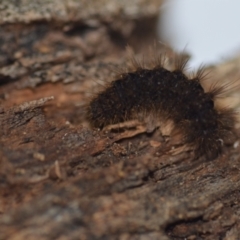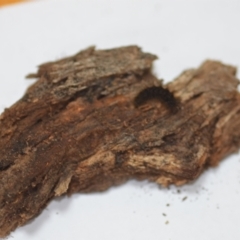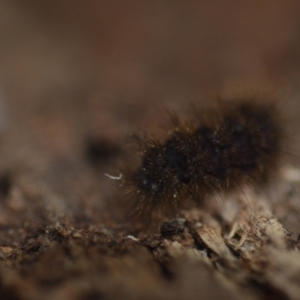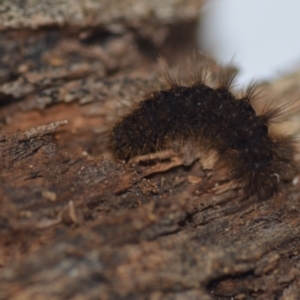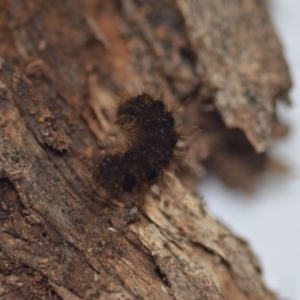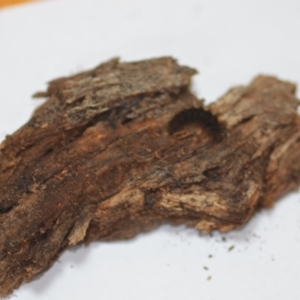Handmaiden Moth at Wamboin, NSW
Identification history
| Amata (genus) | 8 Jul 2021 | ibaird | ||
| Ardices glatignyi | 7 Jul 2021 | ibaird | ||
| Amata (genus) | 7 Jul 2021 | donhe | ||
| Anthelidae sp. (family) | 7 Jul 2021 | MichaelMulvaney | ||
| Unidentified | 7 Jul 2021 | natureguy |
Identify this sighting
Please Login or Register to identify this sighting.
8 comments
MichaelMulvaney
wrote:
7 Jul 2021
Natureguy we are taking part in moth week in two weeks time where we are asking people to collect and care for caterpillars so that they can be matched to a species of moths. For 95% of our caterpillars we don't know to what species of moth they belong. Instruction can be found at https://citizenscience.org.au/2021/06/08/moth-matchmakers-needed/
natureguy
wrote:
7 Jul 2021
Thanks Michael, I saw this and actually put this caterpillar in a small old fish tank to raise. Unfortunately it didn't survive, partly because I didn't really know what to feed it as it was on a dead log. I tried some different Eucalyptus and Acacia leaves as well as a log with Lichen and some apple slices but it didn't seem to eat any of those. Always good to learn and I will probably not take caterpillars if they are not on a food plant as I don't want to kill them. Also I'll find a smaller container to make it easier to monitor.
MichaelMulvaney
wrote:
7 Jul 2021
Thanks Nature Guy this site gives a clue to what caterpillars in teh same genera or family are eating which could be a good place to start
http://lepidoptera.butterflyhouse.com.au/arct/annulata.html
http://lepidoptera.butterflyhouse.com.au/arct/annulata.html
ibaird
wrote:
7 Jul 2021
I'm wondering whether this may be Spilosoma glatignyi. The hairs appear clumped as they are in the caterpillars of that species (see Sighting No 4262074) and there a similar fine white dots visible.
donhe
wrote:
7 Jul 2021
The later instars of the caterpillar of Spilosoma glatignyi usually have a brown head, brown hairs, and a set of large paler verrucae along each side. The caterpillars of some Amata sp. have a black head like this one, black hairs, and dark lateral verrucae which are shiny and in some lighting conditions reflect an apparent white dot.
donhe
wrote:
8 Jul 2021
If the caterpillar declined to eat apple slices, it was probably infected with something, maybe even a coronavirus. Any caterpillar you find on walkabout is usually either about to pupate, or its behaviour has been altered because it is infected. Its death was not your fault.
Caterpillars in the wild have a 99% mortality rate from predators. It is always better to take a caterpillar into protective custody than leave it in the wild.
Caterpillars in the wild have a 99% mortality rate from predators. It is always better to take a caterpillar into protective custody than leave it in the wild.
natureguy
wrote:
8 Jul 2021
Thanks Michael, Don, and Ian for the useful information on the identification and care of the caterpillar. Maybe it was unwell, this would explain why it was on a dead log, on the ground, a fair distance from vegetation. Always a good learning experience, regardless of the outcome (positive or negative) and I can improve for future attempts.
Please Login or Register to comment.
Nearby sightings
Location information
- Coordinates 149.273910-35.262856
- Maps QPRC LGA
- Places Wamboin, NSW
Sighting information
- 1 - 3 Abundance
- 30 Jun 2021 03:44 PM Recorded on
- natureguy Recorded by
Additional information
- 12mm to 25mm Animal size
- Unknown Gender
- Larvae Breeding behaviour
Species information
- Amata (genus) Scientific name
- Handmaiden Moth Common name
- Not Sensitive
- Local native
- Non-Invasive
- Up to 1425.71m Recorded at altitude
- Machine learning
- External link More information
Record quality
- Images or audio
- More than one media file
- Confirmed by an expert moderator
- Nearby sighting(s) of same species
- GPS evidence of location
- Description
- Additional attributes

